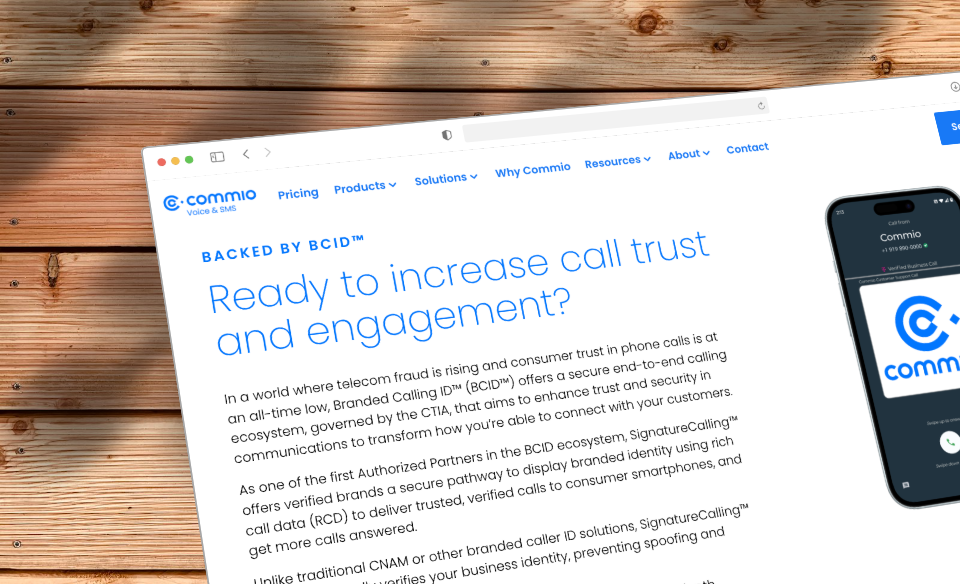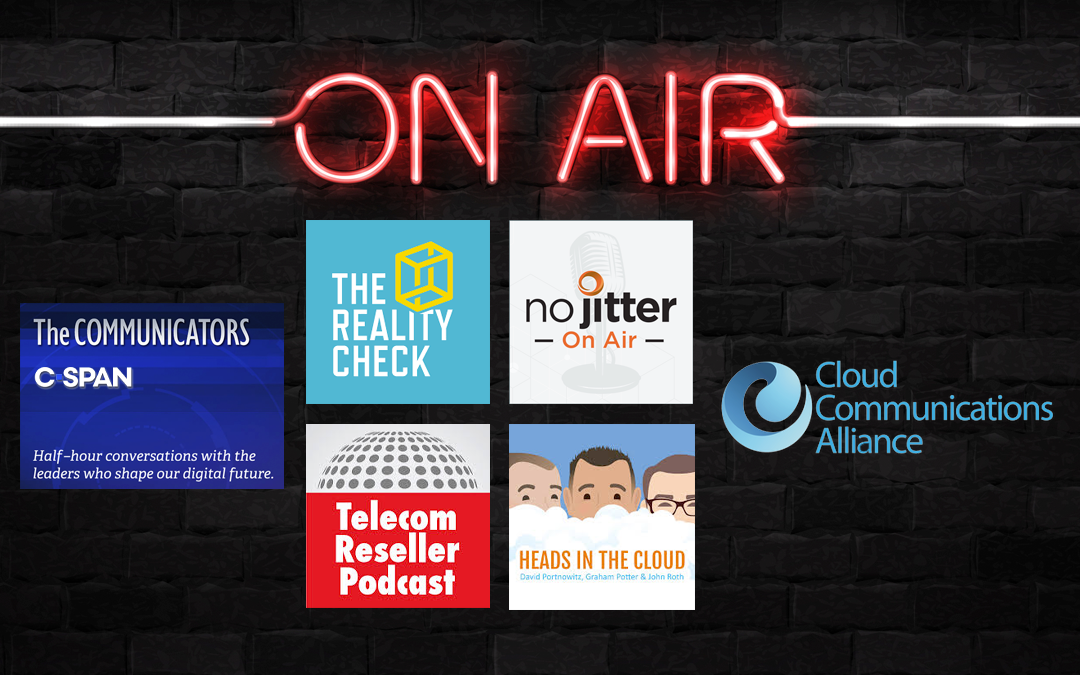The increasing wave of unwanted robocalls, a considerable percentage of which are illegitimate or misleading, has become a pressing issue for consumers and businesses alike. The Federal Communications Commission (FCC) recognizes the sheer volume of these invasive calls as one of the most significant nuisances facing consumers today. To address this challenge, the FCC has initiated several countermeasures, with the Robocall Mitigation Database (RMDB) standing out as a flagship effort.
The Essence of Robocall Mitigation Database
At its core, the RMDB acts as a certification platform where voice service providers can affirm their commitment and practical actions against the menace of illegal robocalls. By registering in this database (you can see Commio’s (under the name thinQ) here), voice service providers are essentially vouching for the efficacy of their measures and how far they’ve progressed in implementing the required frameworks to curb robocall incidences.
Who Should Engage with the RMDB?
If you’re a “voice service provider,” as defined by the FCC, you have an obligation to register in the RMDB. But what qualifies one as a voice service provider? The broad spectrum covered under the FCC’s definition means many entities, from those offering enterprise services to those focusing on retail clients, fall within this category. In essence, any entity involved in IP-enabled voice services—be it inbound, outbound, or acting as an intermediary for the STIR/SHAKEN framework—needs to engage with the RMDB.
Commio is registered with the database, and many of our customers may also have need of doing so. We’re not legal experts in this regard, and encourage our users to consult their legal team for guidance.
The Consequences of Ignoring Registration
The FCC, recognizing the severity of the robocall issue, has attached significant penalties for non-compliance. Voice service providers failing to register risk having their services suspended, hefty fines from the FCC, and the refusal of other providers to accept their call traffic. With the deadline of June 30, 2021, already past, any provider not yet compliant must expedite their registration process.
Demystifying the STIR/SHAKEN Conundrum
It’s crucial to understand that while STIR/SHAKEN compliance and RMDB registration bear similarities, they address different facets of the robocall challenge. STIR/SHAKEN is a comprehensive framework dedicated to thwarting spoofed robocalls—those misleading calls that seemingly originate from a familiar number but, in reality, come from a different source. Its foundational principles revolve around the “Secure Telephone Identity Revisited” (STIR) and “Signature-Based Handling of Asserted Information Using Tokens” (SHAKEN) protocols. These protocols ensure that caller ID information is genuine and not manipulated, providing users with more trust in the calls they receive.
However, while the STIR/SHAKEN framework lays the groundwork, it’s not universally applied across all networks, especially older ones. This limitation emphasizes the crucial role RMDB plays in ensuring all providers, irrespective of the networks they operate on, are held accountable.
Again, Commio customers are covered by our STIR/SHAKEN implementation, as we are signing calls as a compliant solution for your traffic. We also offer tips for learning more about what the attestation levels mean and more.
Achieving Full Compliance with the FCC
Ensuring full FCC compliance goes beyond merely registering in the RMDB or embracing the STIR/SHAKEN protocols. Voice service providers must actively participate in industry-standard traceback protocols and meticulously adhere to all best practices laid out by the FCC.
Additionally, the FCC has laid out clear directives to ensure compliance:
1. Every call originating from the United States must either be authenticated using the STIR/SHAKEN framework or be part of a robocall mitigation program.
2. Providers must file their Robocall Mitigation Certification with the FCC.
3. Voice service providers without a Robocall Mitigation Certification risk having their calls blocked.
Assessing the RMDB’s Potential Impact
With the introduction of the RMDB, the FCC, alongside industry stakeholders, hopes to witness a marked decline in robocall incidences. However, while the RMDB is a significant step, it is not a standalone solution. The path to a robocall-free environment will require the collective effort of the FCC, voice service providers, and end users.
Apart from the RMDB, other mechanisms such as blocklists, reputation lookups for robocall detection, and more contribute to the broader strategy against robocalls. While the journey towards eradicating this menace may be long, with concerted effort, a future without disruptive robocalls is in sight.
Essential Guide for Cloud Communications Compliance & Cybersecurity:
Part 1: Compliant Calling in the Cloud – Call Compliance, STIR/SHAKEN | Dialing Strategies | Dealing with SPAM Labels
Part 2: Text Messaging Compliance – Getting Started with Messaging Campaigns | Different Messaging Types, Compliance | Long Code Compliance Checklist | 7 Traits of a Good Provider
Part 3: Securing Your Voice & Messaging Business – Empowering Your Team | The Human Element | Cybersecurity 101 | Know Your Customer! | The Robocall Mitigation Database | Toll Fraud
















